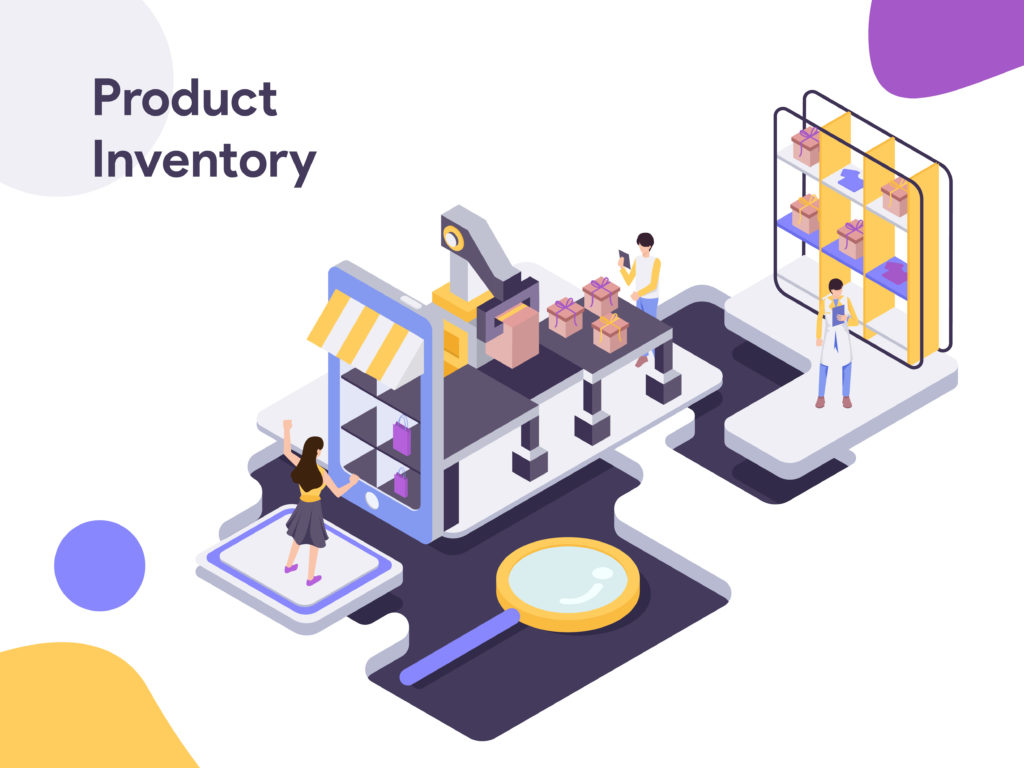
Shipping costs have been rocketing, and supply chains have been disrupted, as growing demand and increased global trade hits pandemic-created problems of quarantine and workforce absences, as well as, in some places, lack of investment in ports and other infrastructure.
Stock-outs are a pain on Amazon. If you’ve left it too late to re-order, and your shipment is stuck in port, you can see stock-outs kill your seller rating, product rankings, everything. It will cost as much to re-establish your product rankings as it did to get started in the first place.
On the other hand, high shipping costs can kill you slowly!
So the first thing to stress is that you need to shop for rates, every single time you send freight. Shop around and double-check with different sources. If you have a great relationship with one freight forwarder, check around – if he comes within pennies of the best price, he’s doing his job. If not, ask him if he can match it or come close – stressing that you’d like to continue using him but, well, times are tough.
Secondly, consider using a different routing to avoid the most congested or most pricey ports. Xiamen or Fuzhou? The difference could be several thousand bucks. LA or Seattle? The difference could be a couple of weeks. If you use a freight forwarder, discuss the different options and make sure you mention which is your priority – speed, cost, or the optimum mix. (It might not be the same for every order.)
Europeans even have the opportunity of using truck transport from China – it takes a couple of weeks and costs pretty much the same as the sea route.
If you have enough business, try to consolidate your freight. When you get started, you’re shipping single pallets. That’s an LCL – less than container load – and someone else has to find the space to package it along with other products to make up a full container. Guess what? They get well paid for that.
If you have enough product coming over that you can consolidate your freight into an FCL (full container load) you’ll find it much more economical; $15,000 or so of savings per container. But that may mean you have to re-order some inventory before you really need it – and it could hit your cash flow for the month.
Managing your inventory more actively can really help. Look forwards, plan your orders, and try to put them all in at the same time. You might also consider buffering some stock by holding it yourself to avoid Amazon inventory charges (particularly in Q4 when Amazon charges extra for products in the warehouse).
Also, take a look at your products to see what you can take away in bulk or in weight. One tea and coffee supplier changed the tins they pack their special blends in from round to rectangular. They now get nearly a third more coffee onto a pallet!
Reducing packaging makes sense for sustainability reasons, but it makes sense for economic reasons too. Even if you have a luxury product that demands a ‘luxury’ package, consumers are now becoming aware of the true cost; one luxury fountain pen maker now sends out his products in a cardboard tube, and instead of providing a fancy box, gives customers a lovely silk pen wrap instead. Customer response has been appreciative.
Finally, work out whether you really want to bother with being an expert on shipping routes and costs. No? Then find one. There are plenty of good people out there who would be happy to be part of your team, as a consultant or full-time. And you really need them.
Because while you may think the really crucial parts of being an FBA seller are product sourcing, marketing, and SEO, if you run out of stock, none of that matters at all.
